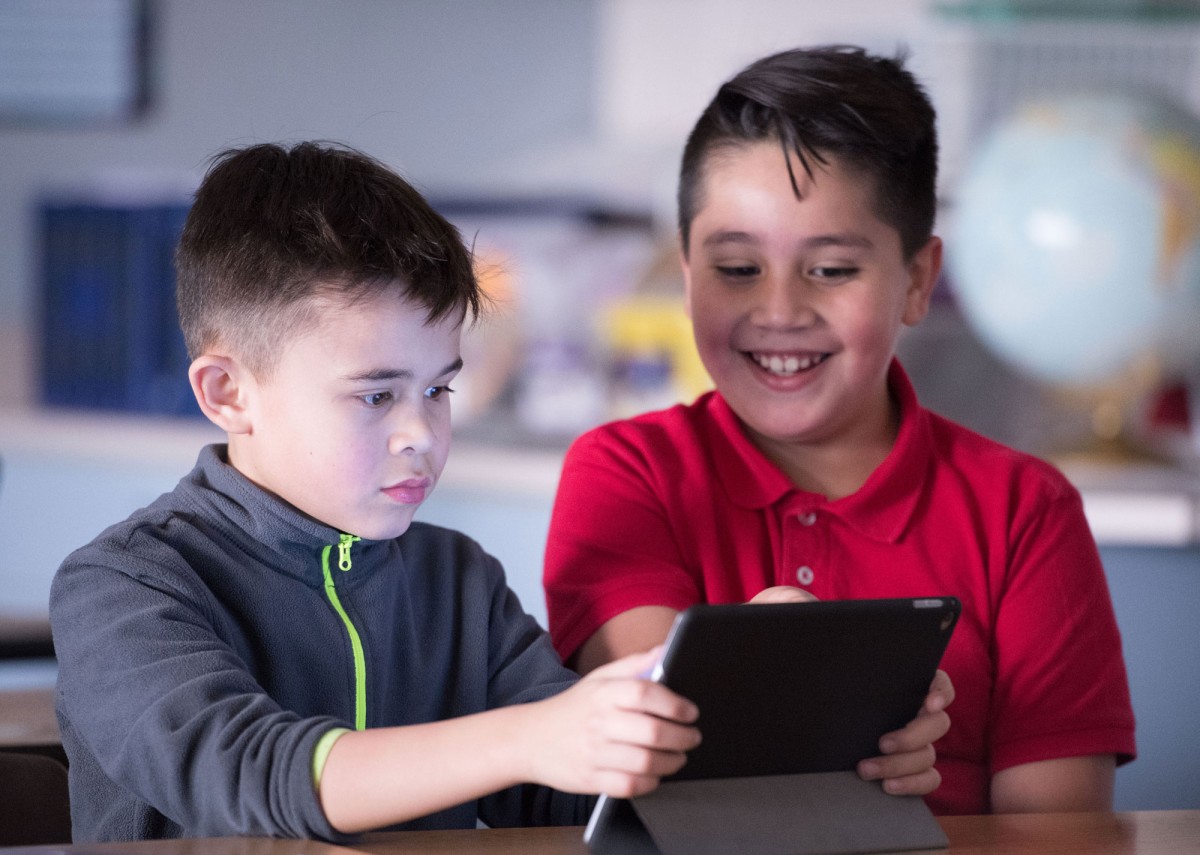Superintendent Series: Planning for Rural Remote Learning in Early Days of COVID-19
May 12, 2020

By: Superintendent Bobby Cox, Warren County, Tennessee
When COVID-19 moved learning online, districts like mine in more rural locations in Middle Tennessee faced an immediate concern: What will learning look like for us? With 40% of our students economically disadvantaged and internet access inconsistent across the district, we needed a plan to accommodate everyone.
We started by surveying our staff and researching our school technology surveys from families. Our questions were similar to those nearly all districts were wrestling with: What is our district’s capacity and capability for online learning? What does effective remote learning instruction and high-quality feedback look like? How can we create an equally rich experience for students who don’t have access to technology or the internet at all? How will the delivery of special education services change? How do we ease the burden off parents?
We knew there were a few musts to put in place right away. In late March, we organized staff into roles that would support remote learning, and developed a clear, streamlined communications plan. Then we made a plan for remote learning. We did not let our geographic location become an excuse for not providing every child with a high-quality instructional option. Here was how we tackled that work.
First, we developed high-quality, clear, and consistent instructional plans aligned to school and district goals
Our top priority has been to advance student learning as much as possible, and we disseminated specific expectations across all schools supporting building principals as they developed their school plan. This included specifying the number of times that teachers should connect each week with students on math and ELA, how to communicate with students without online tools, and examples of educational activities outside of the core day.
We also offered suggestions for teacher teams to meet about and coordinate delivery of content to students. We outlined key guidance for families so that parents and students know exactly what their expectations are at home and how to stay on track.
Next, we provided guidelines for special education teachers, ESL specialists, and interpreters
Shifting education environments can cause concern for parents whose children receive specialized services. We wanted to reassure families and to scaffold expectations for teachers. ESL students would have access to a dedicated webpage for services and resources, receive support with Tier 1 instruction, establish regular contact points with their teachers, and be able to reach out to them directly with questions. For students with disabilities, arrangements would be made to have their annual IEP and 504 meetings online, as well as a full range of services – such as interventions and speech therapy. There would be other remote options for people lacking internet access.
We were clear and specific with parents
Parents are partners in their child's education more than ever before. In addition to academic expectations, we laid out when they would receive communications from the school, what supporting their child would look like at home, and recommended tech-free activities that blend learning with real life. For example, talking with adults about the world develops students' oral language, conceptual knowledge, and vocabulary skills – all elements that directly contribute to reading comprehension. Students in upper elementary school could be making connections between mathematical operations and daily life, particularly as it relates to fractions.
Families' capacity to transition to a new environment varies widely. Limited or lack of internet access casts a wide net, and family leaders have differing demands on their time. We made sure to list free services from internet carriers and offered to place K-6 paper documents at local grocery stores and other areas in the community.
Above all else, students look to school as a safe place to learn. We included counseling resources to promote well-being for students and their families.
Finally, we ensured all communications were simplified and streamlined
One of the first steps we took was to establish roles and specific points of contact so families were not flooded with emails and texts. For most questions, the principal, instructional coordinator, or teacher is the main contact. Anyone who needed to go into the school building to pick up belongings needed to call the principal first. The principal at each school coordinates all visits and manages COVID-19 social distancing guidelines. Creating straight-forward communications channels helps maintain clarity and will help us adapt as the situation changes.
There are still several unknowns that we will address as they come. What matters is that we have concrete plans and communication protocols for learning to continue. However we reopen, we remain committed to "one team, one goal, and high levels of learning for all."
A Conversation with Superintendent Bobby Cox and NIET CEO Dr. Candice McQueen
Superintendent Cox and NIET CEO Dr. Candice McQueen spoke this week about using lessons learned from spring 2020 to plan for next school year, as well as what districts should be doing to prepare. You can view their conversation below, courtesy of Warren County Schools.